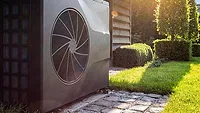Dave Yates: Air-to-water heat pump efficiencies
Ensure you’re designing heating systems to utilize the lowest possible water temperature on design day.
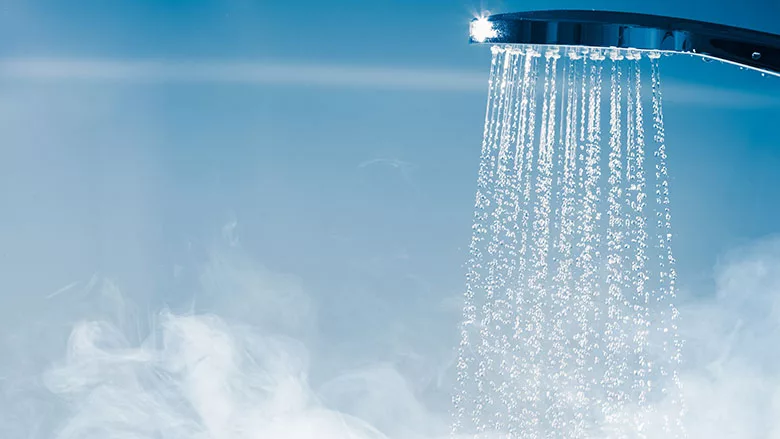
In last month’s column, I touched on air-to-water heat pumps because they are rapidly becoming very saleable to consumers. In some areas of the U.S., electric heating, cooling and production of DHW are no longer an option and fossil fuels have been outlawed.
One thing not well understood is the need for us to design our heating systems to utilize the lowest possible water temperature on a design day (either the coldest or hottest day typically seen each heating and cooling season0. If you don’t yet have a good heat loss/gain program, you will definitely need one for designing HVAC systems. I use several, but my favorite is Elite Software RHVAC, which utilizes ACCA’s Manual J for its foundation. It is accepted by all AHJs (authorities having jurisdiction) and stands up in courts of law for testimony I have given before jury trials.
If you’re designing for new construction utilizing an air-to-water heat pump, you can utilize hydronic air handlers or radiant heating and cooling, and incorporate an indirect water heater. Taco’s System-M hydro box (indoor section) also incorporates a buffer tank to avoid short cycling. I’ll stick with the System-M for checking out the COP (coefficient of performance) that varies depending on the target temperature and stick to the heating side for this article. However, the same basic principle universally applies to all air-to-water heat pumps regarding their COP. Page 25 of this document lists the COP for various LWT (leaving water temperature). For example, at 105° F LWT the COP is 4.38, meaning for every $1 dollar spent on electricity, you produce $4.38 dollars of usable heating energy. Consumers can easily grasp the COP concept. If, on the other hand, you need 140° F LWT on the heating design day, then the COP drops off to 1.85.
When it comes to hydro coils for air handlers, you can incorporate coils with multiple passes to extract more heat energy in order to achieve the same air delivery temperature while utilizing lower water temperatures because the hydronic water enjoys longer contact time with the passing air flow over the coil. That was the design challenge I faced when a customer had invested a ton of money installing a theater with stadium seating, surround sound and the biggest flat screen TV I’d ever seen.
The mechanical room louvered door (for combustion air) was along the wall, and every time either of the oil burners ran, the noise ruined their home theater experience. The solution was to install a modulating condensing boiler at the opposite end of the home in a storage area with injection piping running above the suspended ceiling to the mechanical room where we installed an air handler and indirect water heater. At that time, none of the hydronic coil manufacturers could grasp the concept of oversizing the hydronic coil so that I could keep the modcon in condensing mode by having a LWT of 130° F and RWT of 110° F. Frustrated, I finally took a SWAG and ordered a six-pass hydronic coil we installed in the return air trunk duct (AC coil was in the supply plenum). It worked like a charm and there was virtually no noise in the old mechanical room. A solid door was added to completely silence the air handler noise. A few years later, we added sidewalk snow-melt via a flat plate heat exchanger within the old mechanical room. When they enclosed a porch to create a home office, there was no basement below for adding ducted warm air, but we were able to add a Runtal horizontal flat panel radiator, which they painted a customized color, to supply both convective and radiant comfort.
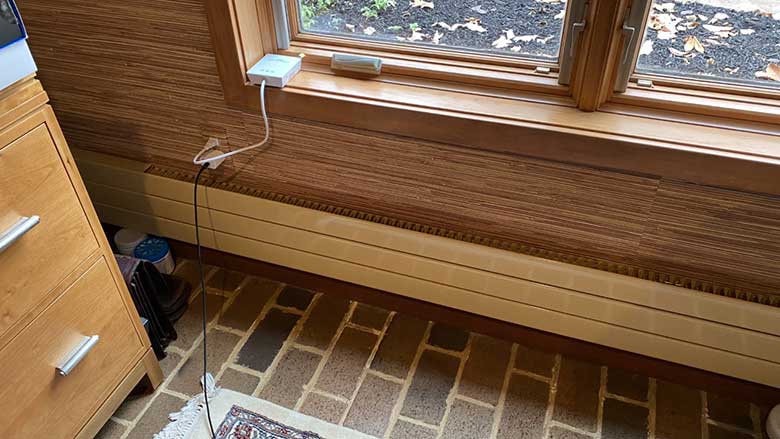 A Runtal custom color horizontal flat panel radiator.
A Runtal custom color horizontal flat panel radiator.
You can lower the water temperature in HWBB (hot water baseboard) systems, too. I never met a single HWBB system that didn’t have more active baseboard than was needed on a design day. This Slant Fin chart showing the Btu/h output per foot for various LWT is a great resource.
On another project, we were installing a modcon boiler in a church for the hydronic section that had offices and classrooms when the boiler manufacturers' representative stopped by to visit. He stated we would never be in condensing mode, but had to eat those words when I showed him my spreadsheet illustrating the Manual-J heat losses per room compared to the HWBB Btu/h output per room to determine what LWT was actually required. The church enjoyed a 47% reduction in actual fuel usage because the modcon was in condensing mode for 90% of its operating time.
The same applies for underperforming radiant heating systems. There’s nothing worse than an irate customer who was sold on the benefits of hydronic radiant heating only to discover, long after the installer was paid, their master suite and bathroom could not rise above 58° F during colder weather! Runtal flat panel radiators to the rescue! By ordering custom-sized Runtal radiators for the window wall by the bathtub and two towel warmers, we were able to incorporate all three into the existing second-floor PEX loops, lower the water temperature and restore comfort.
When it comes to hydro coils for air handlers, you can incorporate coils with multiple passes to extract more heat energy in order to achieve the same air delivery temperature while utilizing lower water temperatures because the hydronic water enjoys longer contact time with the passing air flow over the coil.
The master bedroom actually drove the LWT bus after we had the carpet removed and installed Uponor Quik Trak panels while utilizing the Uponor design program to determine the actual LWT required on a design day. Then it was just a matter of seeing the actual Btu/h output of the staple-up PEX under the huge ceramic-tiled bathroom floor. The last step was referring to the Runtal sizing chart based upon the actual water temperature we would be supplying to determine the sizes required for the two Runtal towel warmers and horizontal flat panel radiator by the soaking tub.
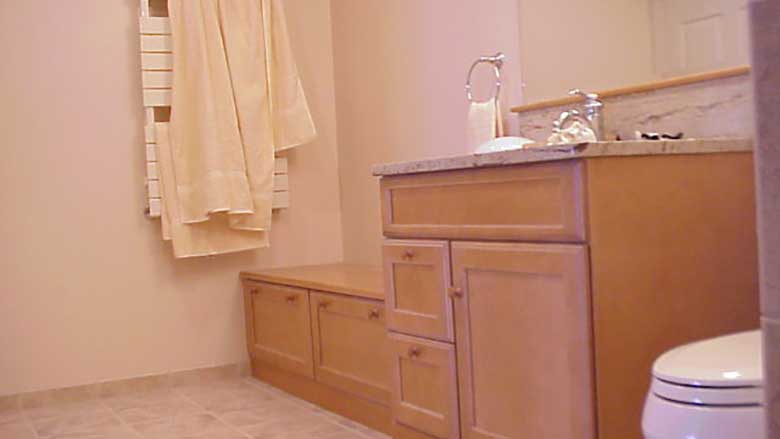
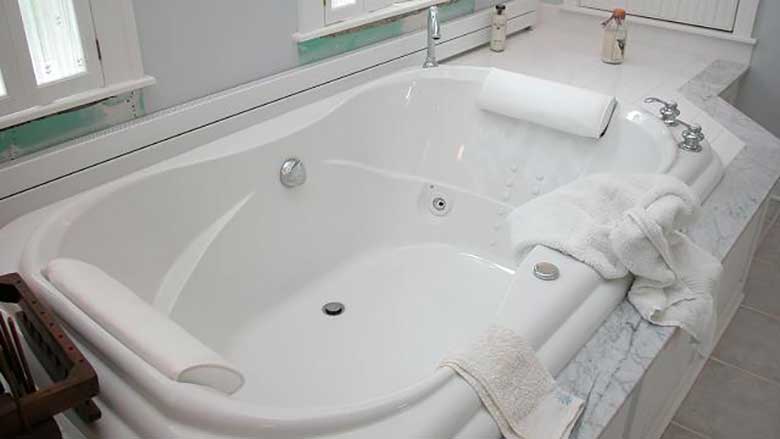 A Runtal towel warmer and horizontal flat panel radiator to offset the cold air along the window wall.
A Runtal towel warmer and horizontal flat panel radiator to offset the cold air along the window wall.
On aother radiant job, I could see we needed some supplemental heating in the great room if we were going to achieve our goal of keeping the LWT well within the modcon’s condensing range. The solution was a 16-foot-tall vertical Runtal panel radiator. Two additional rooms received Runtal horizontal flat panel radiators to even out the LWT for the entire system, which greatly simplified the mechanical room control strategy.
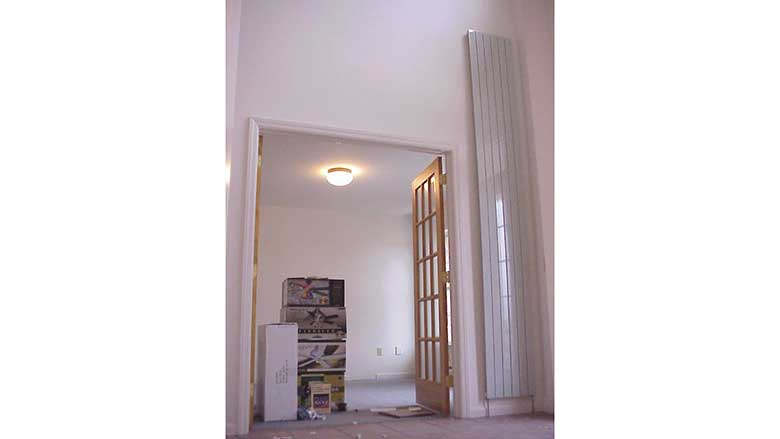
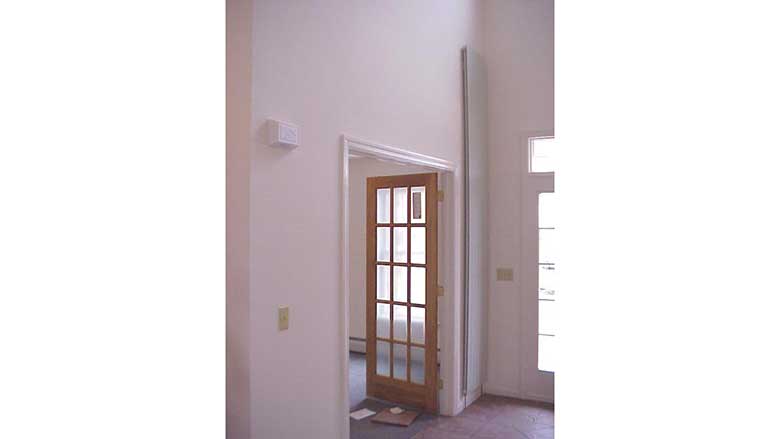 A 16-foot tall Runtal radiator in the great room foyer.
A 16-foot tall Runtal radiator in the great room foyer.
Looking for a reprint of this article?
From high-res PDFs to custom plaques, order your copy today!







